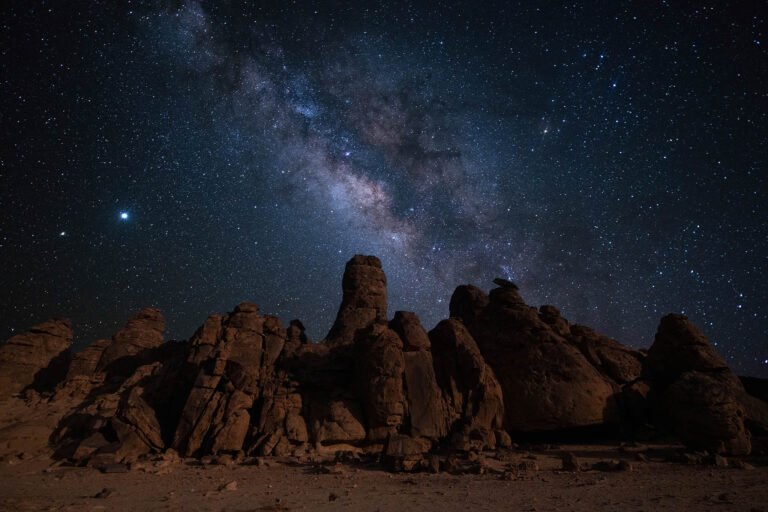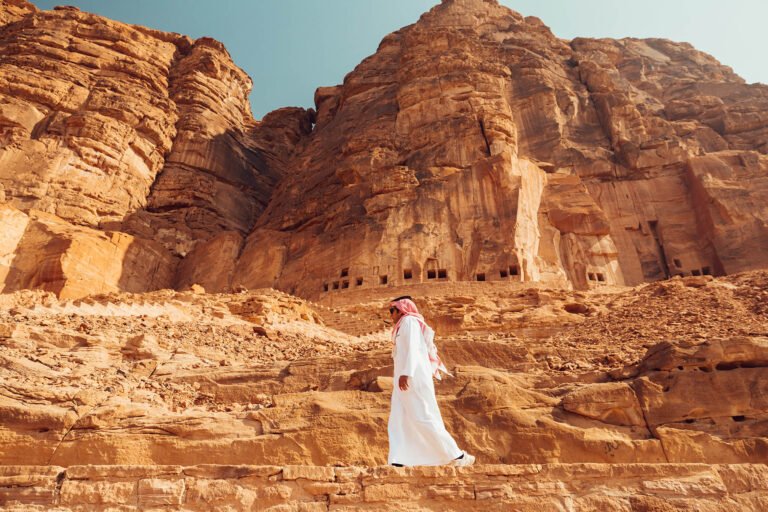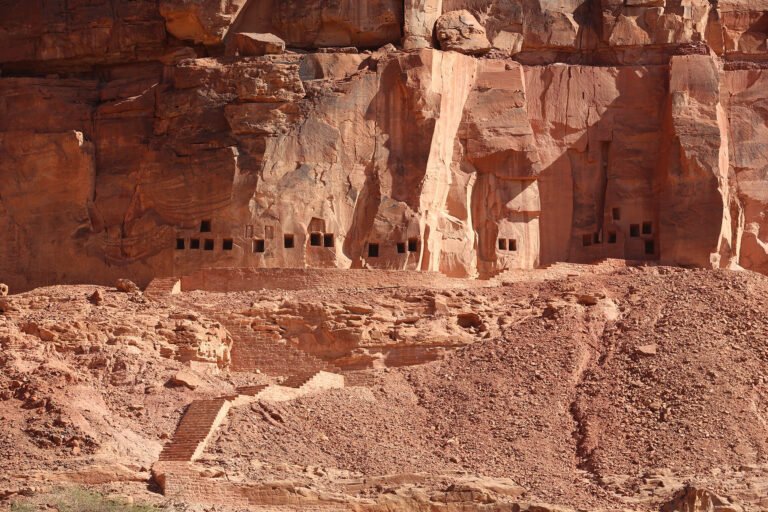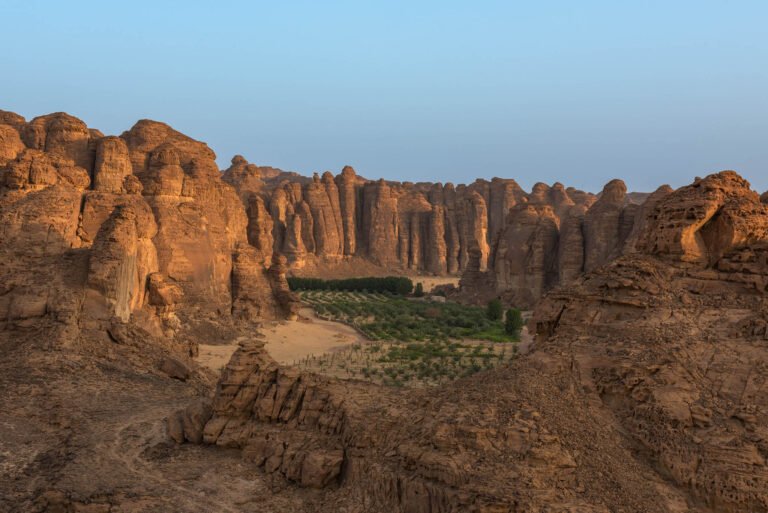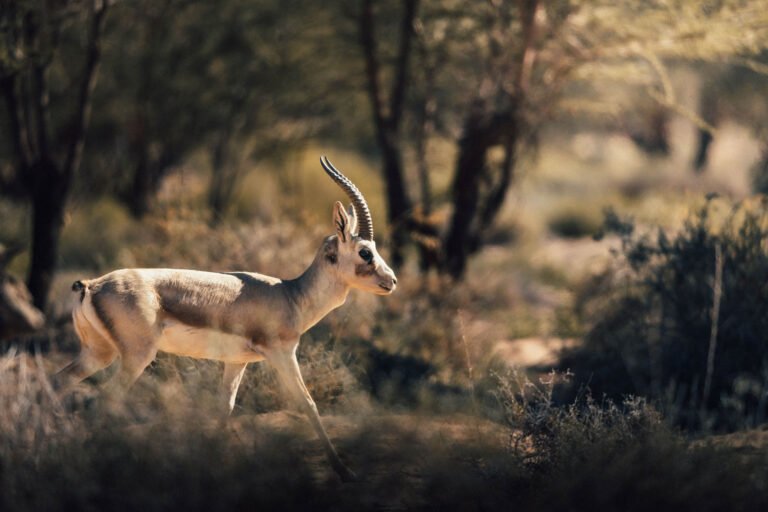Photo Tour Overview
The workshops will operate from the majestic town of AlUla that offers a rich blend of Islamic culture and ancient Nabatean archaeological sites such as AlUla’s “Old Town” and Dadan. AlUla is a vibrant international tourist hub with many attractions situated within a stunning serene desert landscape environment, offering luxury accommodation and stylish restaurants situated in a lush palm valley amidst desert canyons.
The vicinity offers a fascinating scenery for any visitors with a variety of interests, but holds extra significance for those interested in astronomy, and astrophotography. Astronomy has long established routes and foundations within Islamic culture, and these ancient ties are kept very much alive in the modern day. With an intriguing observatory project “Manara” and Saudi’s plans to install “dark sky friendly” lighting to all urban areas within the locality, this region promises to become an international fixture within the astro tourism realm, and a pinnacle of dark sky preservation practices.
Latest Tours
Photo Tour Category
Astro/Landscape Tour
You will learn:
Multiple fieldwork techniques tailored to current skill level.
Beginner to advanced structured nightscape workflows, landscape photography.
Post-production (PS/LR/Siril/Plugins/PTGui/LRT Timelapse.
Why our tours are different
On our Saudi Arabia photography workshops & tours you will be accompanied by a highly skilled landscape and astro photographer who will help you to create high-resolution photos of the event in a safe and professional way, along with panoramas and tracked images of the Milky Way and other celestial events.
The unique aspect to our tours is that we work in conjunction with our partners in AlUla, thus can offer photography at Hegra by both day, and exclusively, at night.
About our Saudi Arabia tours
Our astrophotography focused tours and workshops in Saudi Arabia offer photo shoots that take place over vivid desert landscapes and unique rock formations situated around the new international dark sky reserve, Gharameel.
The tours also offer the unique opportunity to photograph the ancient Nabatean tomb elevations carved out of ancient sandstone at the UNESCO world heritage site of Hegra, only recently discovered.
The unique aspect to our tours is that we work in conjunction with our partners in AlUla, thus can offer photography at Hegra by both day, and exclusively, at night.

Reasons why Saudi Arabia is great for astrophotography
Saudi Arabia offers exceptional conditions for astrophotography, making it one of the world’s premier destinations for capturing the night sky. Here are the key reasons why it’s such an outstanding place:
Dark Sky Certification: AlUla Manara and AlGharameel Nature Reserves have been officially named as the first-ever Dark Sky Parks in the Middle East by DarkSky International, providing internationally recognised dark sky conditions with minimal light pollution.
Diverse Topography: Saudi Arabia’s mountains, valleys, sand dunes, hills, plains and large deserts are a perfect escape from the bright city lights to observe the night sky. This variety gives astrophotographers multiple landscape options to complement their shots.
Minimal Light Pollution: The Kingdom’s vast wilderness areas and low population density in many regions create ideal conditions. The northwestern regions of the Kingdom, which include AlUla, the Red Sea Projects, and NEOM, are among the areas with the least light pollution.
Excellent Atmospheric Conditions: High-altitude locations like Bani Malik (150km south of Taif) and Al-Figrah mountain (6,000 feet above sea level) offer reduced atmospheric moisture and impurities. Cloud cover is less than 25 percent throughout the year in prime locations.
Established Infrastructure: The Kingdom already hosts multiple observatories and is developing astrotourism infrastructure, making it increasingly accessible for serious astrophotographers while maintaining the pristine dark sky conditions that make it exceptional.
